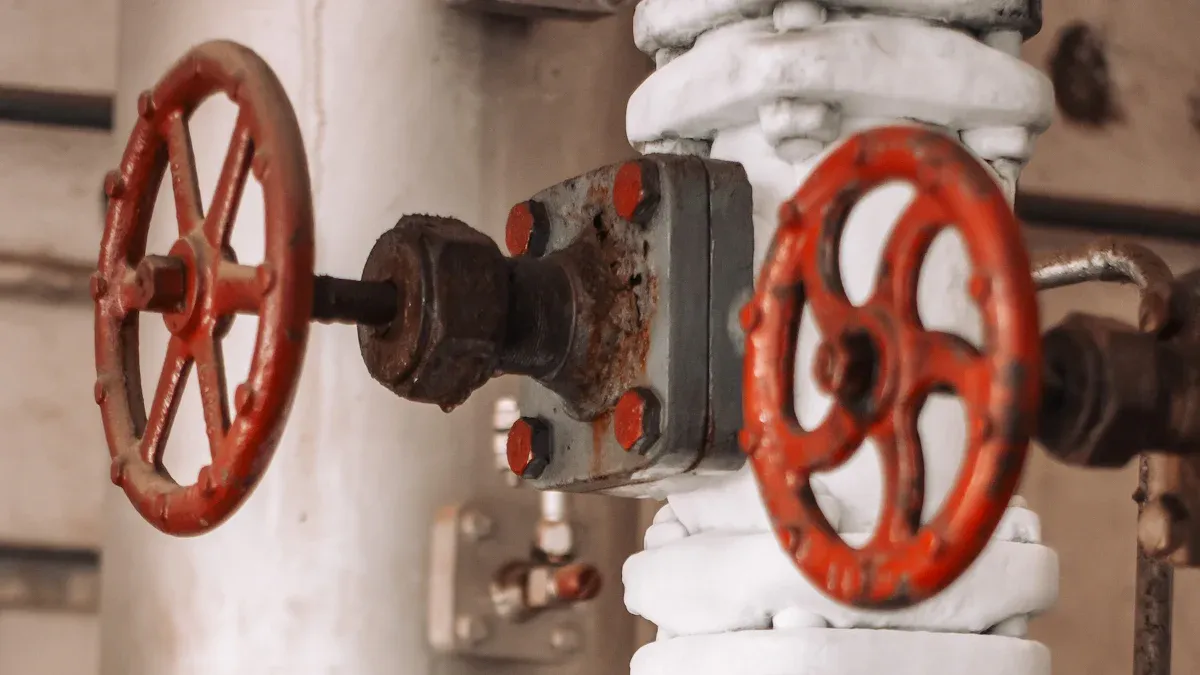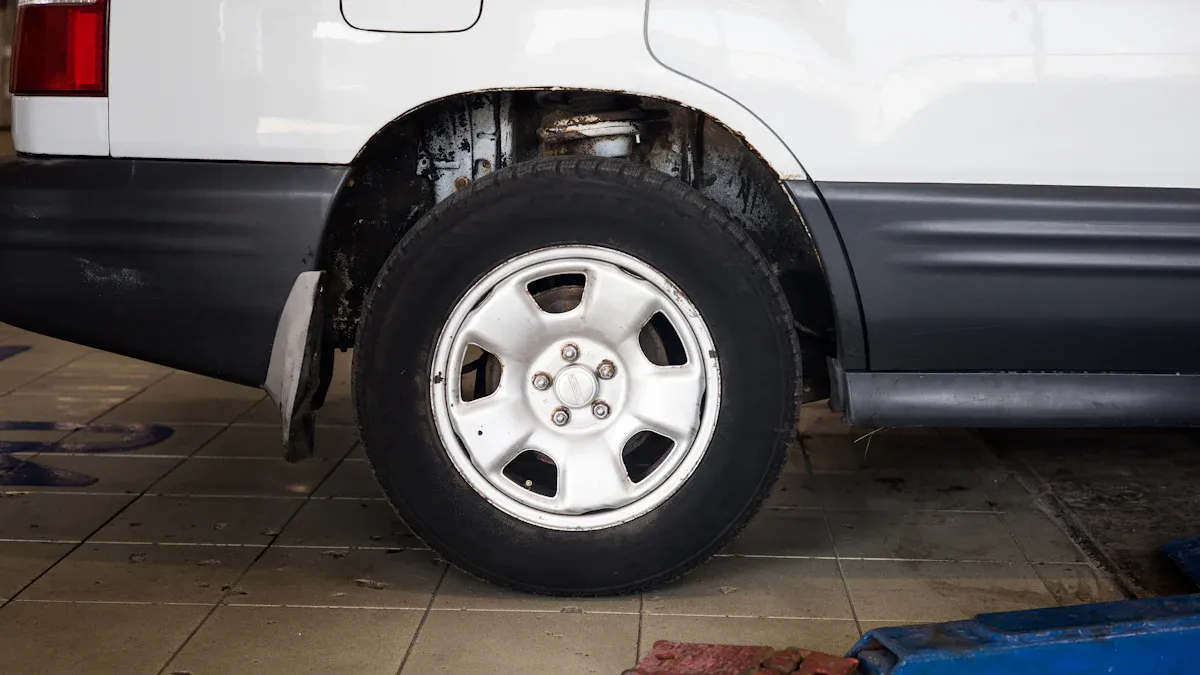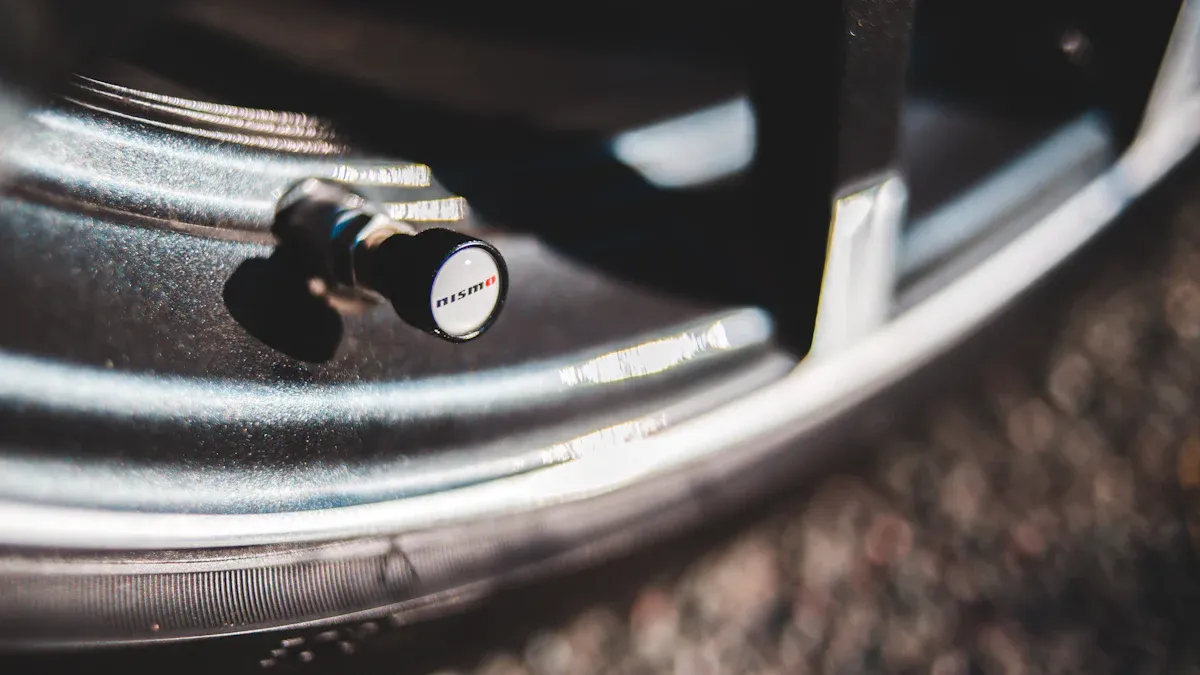

tpms accessories
home > tpms accessories
tpms accessories

| F0001K | |
|---|---|
| PACKAGE | 50 pcs/bag, 10 bags/case |
Detailed data
| APPLICATION | TPMS, Service Kit |
| APPLICATION DATA | NUT TORQUE(in-lbs): 53 |
| NUT TORQUE(N-m): 6 | |
| CORE TORQUE(in-lbs): 2-5 | |
| CORE TORQUE(N-m): .23-.56 |

| F1030K | |
|---|---|
| PACKAGE | 50 pcs/bag, 10 bags/case |
Detailed data
| APPLICATION | TPMS, Service Kit VW (Siemens) |
| REFERENCE PART NUMBERS | Schrader kit: 20017 |
| NAPA KIT: 92-0235 | |
| Dill kit: D1030K | |
| APPLICATION DATA | NUT TORQUE(in-lbs): 71 |
| NUT TORQUE(N-m): 8 | |
| CORE TORQUE(in-lbs): 2-5 | |
| CORE TORQUE(N-m): .23-.56 |

| F1040K | |
|---|---|
| PACKAGE | 50 pcs/bag, 10 bags/case |
Detailed data
| APPLICATION | TPMS, Service Kit Beru Valve |
| REFERENCE PART NUMBERS | Schrader kit: 20023 |
| Dill kit: D1040K | |
| APPLICATION DATA | NUT TORQUE(in-lbs): 35 |
| NUT TORQUE(N-m): 4 | |
| CORE TORQUE(in-lbs): 2-5 | |
| CORE TORQUE(N-m): .23-.56 |

| F1050K | |
|---|---|
| PACKAGE | 50 pcs/bag, 10 bags/case |
Detailed data
| APPLICATION | TPMS, Service Kit |
| REFERENCE PART NUMBERS | Dill kit: 1050K |
| APPLICATION DATA | NUT TORQUE(in-lbs): 71 |
| NUT TORQUE(N-m): 8 | |
| CORE TORQUE(in-lbs): 2-5 | |
| CORE TORQUE(N-m): .23-.56 |

| F1060K | |
|---|---|
| PACKAGE | 50 pcs/bag, 10 bags/case |
Detailed data
| APPLICATION | TPMS, Service Kit Ford (Schrader) |
| REFERENCE PART NUMBERS | Schrader kit: 20002 |
| NAPA KIT: 92-0115 | |
| Dill kit: D1060K | |
| APPLICATION DATA | NUT TORQUE(in-lbs): 44 |
| NUT TORQUE(N-m): 5 | |
| CORE TORQUE(in-lbs): 2-5 | |
| CORE TORQUE(N-m): .23-.56 |

| F1070K | |
|---|---|
| PACKAGE | 50 pcs/bag, 10 bags/case |
Detailed data
| APPLICATION | TPMS, Service Kit |
| REFERENCE PART NUMBERS | Dill kit: 1070K |
| APPLICATION DATA | NUT TORQUE(in-lbs): 62 |
| NUT TORQUE(N-m): 7 | |
| CORE TORQUE(in-lbs): 2-5 | |
| CORE TORQUE(N-m): .23-.56 |

| F1090K | |
|---|---|
| PACKAGE | 50 pcs/bag, 10 bags/case |
Detailed data
| APPLICATION | TPMS, Service Kit for Beru Sensors |
| REFERENCE PART NUMBERS | Schrader kit: 20023 |
| NAPA KIT: 92-0261 | |
| Dill kit: D1090K | |
| APPLICATION DATA | NUT TORQUE(in-lbs): 35 |
| NUT TORQUE(N-m): 4 | |
| CORE TORQUE(in-lbs): 2-5 | |
| CORE TORQUE(N-m): .23-.56 |

| F1098K | |
|---|---|
| PACKAGE | 50 pcs/bag, 10 bags/case |
Detailed data
| APPLICATION | TPMS, Service Kit Valve For Siemens Sensors |
| REFERENCE PART NUMBERS | Dill kit: D1098K |
| APPLICATION DATA | NUT TORQUE(in-lbs): 35 |
| NUT TORQUE(N-m): 4 | |
| CORE TORQUE(in-lbs): 2-5 | |
| CORE TORQUE(N-m): .23-.56 |

| F1100K | |
|---|---|
| PACKAGE | 50 pcs/bag, 10 bags/case |
Detailed data
| APPLICATION | TPMS, Service Kit |
| REFERENCE PART NUMBERS | DILL KIT: D2010K |
| APPLICATION DATA | NUT TORQUE(in-lbs): 35-71 |
| NUT TORQUE(N-m): 4-8 | |
| CORE TORQUE(in-lbs): 2-5 | |
| CORE TORQUE(N-m): .23-.56 |

| F2000K | |
|---|---|
| PACKAGE | 50 pcs/bag, 10 bags/case |
Detailed data
| APPLICATION | TPMS, Service Kit |
| REFERENCE PART NUMBERS | Dill kit: 2000K |
| APPLICATION DATA | NUT TORQUE(in-lbs): 71 |
| NUT TORQUE(N-m): 8 | |
| CORE TORQUE(in-lbs): 2-5 | |
| CORE TORQUE(N-m): .23-.56 |

| F2030K | |
|---|---|
| PACKAGE | 50 pcs/bag, 10 bags/case |
Detailed data
| APPLICATION | TPMS, Service Kit Chrysler (Schrader) |
| REFERENCE PART NUMBERS | SCHRADER KIT: 20013 |
| NAPA KIT: 92-0225/0230/ 0210 | |
| Dill kit: D2030K | |
| APPLICATION DATA | NUT TORQUE(in-lbs): 35-71 |
| NUT TORQUE(N-m): 4-8 | |
| CORE TORQUE(in-lbs): 2-5 | |
| CORE TORQUE(N-m): .23-.56 |

| F2045K | |
|---|---|
| PACKAGE | 50 pcs/bag, 10 bags/case |
Detailed data
| APPLICATION | TPMS, Service Kit |
| REFERENCE PART NUMBERS | Dill kit: 20450K |
| APPLICATION DATA | NUT TORQUE(in-lbs): 35 |
| NUT TORQUE(N-m): 4 | |
| CORE TORQUE(in-lbs): 2-5 | |
| CORE TORQUE(N-m): .23-.56 |

| F2040K | |
|---|---|
| PACKAGE | 50 pcs/bag, 10 bags/case |
Detailed data
| APPLICATION | TPMS, Service Kit |
| REFERENCE PART NUMBERS | DILL KIT: 2040K |
| APPLICATION DATA | NUT TORQUE(in-lbs): 35 |
| NUT TORQUE(N-m): 4 | |
| CORE TORQUE(in-lbs): 2-5 | |
| CORE TORQUE(N-m): .23-.56 |

| F7000K | |
|---|---|
| PACKAGE | 50 pcs/bag, 10 bags/case |
Detailed data
| APPLICATION | TPMS, Service Kit |
| REFERENCE PART NUMBERS | DILL KIT: 7000K |
| APPLICATION DATA | NUT TORQUE(in-lbs): 71 |
| NUT TORQUE(N-m): 8 | |
| CORE TORQUE(in-lbs): 2-5 | |
| CORE TORQUE(N-m): .23-.56 |

| F7020K | |
|---|---|
| PACKAGE | 50 pcs/bag, 10 bags/case |
Detailed data
| APPLICATION | TPMS, Service Kit |
| REFERENCE PART NUMBERS | DILL KIT: 7020K |
| APPLICATION DATA | NUT TORQUE(in-lbs): 71 |
| NUT TORQUE(N-m): 8 | |
| CORE TORQUE(in-lbs): 2-5 | |
| CORE TORQUE(N-m): .23-.56 |

| F2010K | |
|---|---|
| PACKAGE | 50 pcs/bag, 10 bags/case |
Detailed data
| APPLICATION | TPMS, Service Kit Volvo (Shrader) |
| REFERENCE PART NUMBERS | SCHRADER KIT: 20009 |
| Dill kit: D2010K | |
| APPLICATION DATA | NUT TORQUE(in-lbs): 62 |
| NUT TORQUE(N-m): 7 | |
| CORE TORQUE(in-lbs): 2-5 | |
| CORE TORQUE(N-m): .23-.56 |
//
Expertise and experience
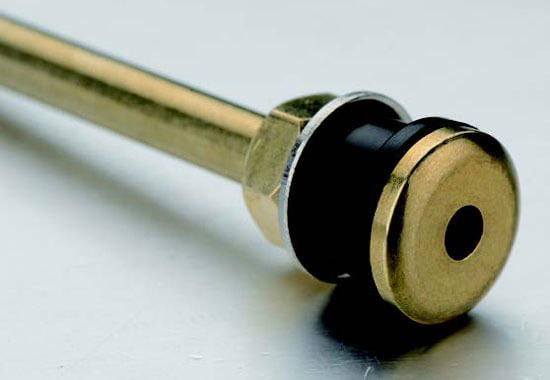
If any issues arise during the installation process, you can rely on Fortune to fix the problem at no additional cost. Trained technicians understand the complexities of the system and have the expertise and experience needed to handle TPMS accessories. can ensure that all components are installed correctly.
Installing TPMS fittings can be time consuming, especially for those unfamiliar with them. By choosing Fortune for help, you can save time and effort.
//
Reliable manufacturer

When choosing a TPMS accessory manufacturer, it’s important to prioritize quality. Fortune is a well-known and trusted name in the automotive industry. We’re known for our high-quality TPMS accessories. We offer a wide range of TPMS accessories. This includes all types of sensors, valve stems, and diagnostic tools. We can work on many different vehicle models and meet your needs.
We also offer convenient customer service, whether by phone, email or live chat. Resolve any questions you may have about their products.
//
Professional after-sales
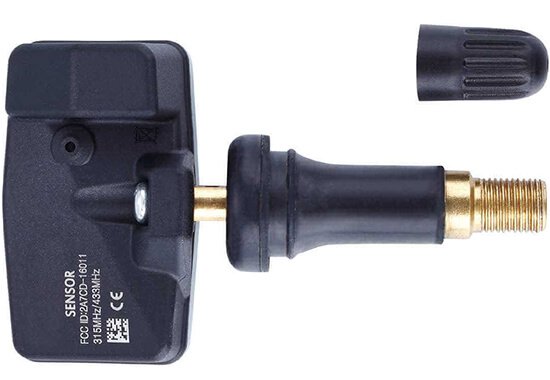
It is important to find a reliable, professional TPMS parts manufacturer and have them install their products. This will help keep your car safe and running well. When choosing a manufacturer, it is important to consider reputation, product quality, and customer support. Using a professional installation service will make the TPMS more effective, giving you more peace of mind and a safer drive. Investing in good TPMS parts and professional help is a wise choice.
How to Choose the Right TPMS Accessories for Your Vehicle
TPMS are now standard in most cars. They let drivers know when their tires need to be checked. This technology improves safety, increases fuel efficiency, and extends tire life. However, like any system, TPMS needs to be taken care of and may require extra parts to work as best it can. This is where TPMS accessories can help.
Fortune will explore what TPMS accessories are, their role in maintaining the functionality of the TPMS, and how to choose the right one for your vehicle.
What are TPMS accessories?
TPMS accessories are things that can be used with a tire pressure monitoring system. They can be used to support, enhance, or maintain the functionality of the system. These accessories include sensors, installation and maintenance tools, and replacement parts.
There are many types of TPMS attachments, mainly divided into two, direct and indirect. The former is mounted inside the tire and measures the actual tire pressure. The latter utilizes the vehicle’s ABS (anti-lock braking system) to monitor wheel speed. A difference in the speed of a particular tire is detected, which triggers a warning.

What is the role of attachments for TPMS?
TPMS is now standard in most cars. They let drivers know when their tires need to be checked. This technology improves safety, increases fuel efficiency, and extends tire life. However, like any system, TPMS needs to be maintained and may require extra parts to work as well as it can. This is where TPMS accessories can help.
Fortune will explore what TPMS accessories are, their role in maintaining the functionality of the TPMS, and how to choose the right one for your vehicle.
Improve accuracy
The quality of an accessory has a direct impact on its performance, and Fortune's high-quality TPMS accessories are built to withstand harsh conditions such as extreme temperatures, humidity, and road debris. TPMS fittings made of inferior materials wear out faster. Poorly functioning sensors may not detect pressure changes correctly. This can lead to under-inflated tires. Can jeopardize vehicle safety and reduce fuel efficiency and overall drivability.
Easy maintenance
Fortune's tools designed specifically for TPMS maintenance make it easier for owners and technicians to diagnose and repair problems.
Improve fuel efficiency
Under-pressurization leads to increased rolling resistance, which increases engine load and consumes more fuel. By ensuring your tires are always at the recommended pressure level, you can get better fuel economy and save money on gas.
Increased safety
Poor quality parts often require frequent replacement, which increases maintenance costs and downtime. Investing in high-quality TPMS parts from Fortune may seem like a high upfront cost, but it can lead to significant savings in the long run.
Factors to Consider When Choosing TPMS Accessories
With so many options available on the market, choosing the right TPMS accessory can be difficult. Fortune describes some of the key factors to consider when choosing a TPMS accessory.
Compatibility with vehicles
One of the most critical considerations when choosing a TPMS accessory is its compatibility with your vehicle. Each vehicle model has specific requirements for TPMS components, and using incompatible parts may result in system failure or inaccurate readings. This information can usually be found in the manual or on the manufacturer’s website. Look carefully at the type of TPMS system the vehicle uses (direct or indirect), which will affect the type of sensors and tools you need.
Types of Parts Available
The TPMS aftermarket offers a wide variety of parts, each with a different purpose.
Sensors: They monitor tire pressure and send data to the onboard computer. There are two types of sensors, direct and indirect. Direct sensors measure actual tire pressure, while indirect sensors estimate tire pressure based on wheel speed and other factors. Direct sensors provide accurate readings and are more reliable. They are more expensive and may require specialized installation.
Tools: TPMS tools are used to program and diagnose the TPMS system. They can help reset the system after a tire is replaced or repaired and are a must-have tool for professional mechanics. Watch for vehicle and tool compatibility.
Kits: TPMS kits typically include multiple sensors and tools, providing a comprehensive solution for those wishing to replace or upgrade their TPMS system. The cost is less than purchasing individual parts. May include parts you don’t need, resulting in unnecessary expense.
How do I install it correctly?
1. Read the manual: Always refer to your vehicle’s service manual for specific instructions on the TPMS system. Each vehicle may have different requirements.
2. Use the correct tools: Make sure you have the correct tools. Using the wrong tool may result in improper installation and possible damage to the sensor.
3. Check compatibility: When purchasing new TPMS sensors, make sure they are compatible with your vehicle make and model. Incompatible sensors may not function properly.
4. Calibrate the system: After installation, calibrate the TPMS system according to the manufacturer’s instructions. This step is critical to ensure accurate tire pressure readings.
FAQ
When do TPMS accessories need to be replaced?
You may want to have your TPMS checked if any of the following symptoms occur.
1. Warning light is on: If the TPMS warning light on your dashboard is on, it indicates a problem with one or more of the tire pressure sensors. This could indicate low tire pressure or a malfunctioning sensor.
2. Inconsistent readings: If you notice that the tire pressure readings are fluctuating or do not match the actual tire pressure, the sensors may need to be replaced.
3. Physical Damage: Check TPMS fittings for visible signs of wear, such as cracks or corrosion. Damaged sensors or valves can cause leaks and inaccurate readings.
4. Sensor Life: Most TPMS sensors have a life expectancy of about five to ten years. If you have an older vehicle and have not replaced the sensor, you may want to consider an upgrade.
Can I install a TPMS system in my vehicle?
Yes, you can install a TPMS system in your vehicle even if it was not equipped at the factory. There are aftermarket TPMS kits available for most vehicles. These kits typically include a sensor, a receiver, and a display that shows the tire pressure reading.
Steps for adding TPMS:
1. Choose the right kit: Research and select a TPMS kit that is compatible with your vehicle. Choose a kit with clear instructions and good user reviews.
2. Prepare Tools: Installation of the sensor may require some basic tools such as a jack, tire levers, and wrenches. Some kits may also require programming tools to synchronize the sensor with the vehicle.
3. Mounting the Sensor: Depending on the type of kit you choose, you may need to remove the tire to mount the sensor. Follow the manufacturer’s instructions carefully to ensure proper installation.
4. Program the System: Once the sensor is installed, you will need to program it to communicate with the vehicle’s onboard computer. This step is critical to the proper functioning of the system.
5. Test the System: After all components are installed and programmed, test drive the vehicle. Check the display unit to make sure it accurately reads the tire pressure.
